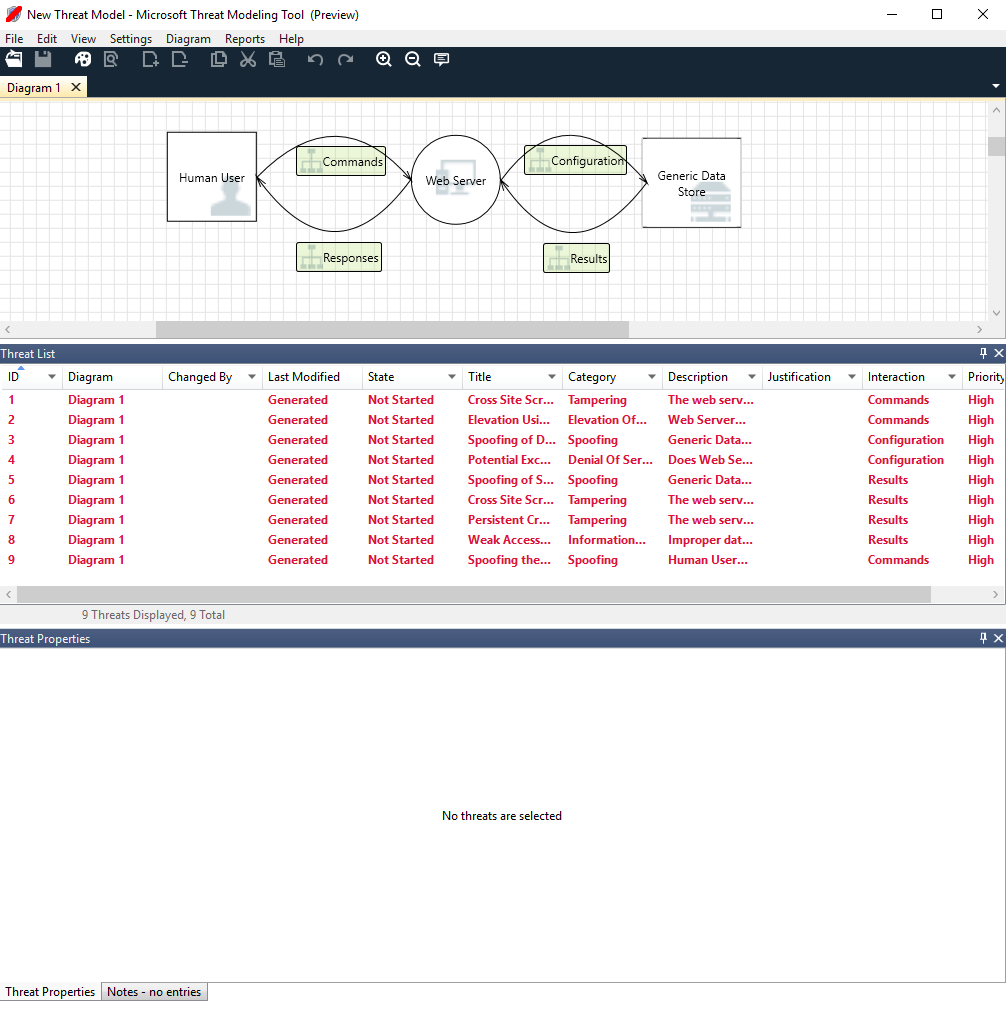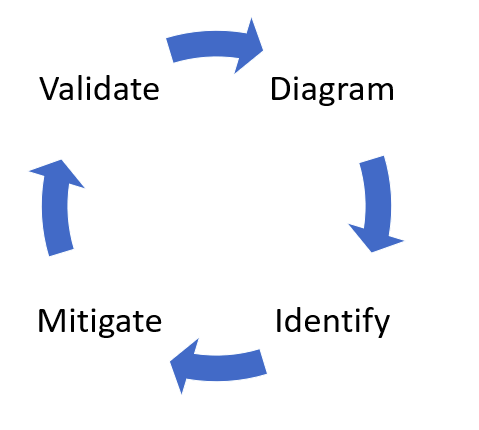
You must protect against certain types of DoS threats simply to improve system availability and reliabilityĪn unprivileged user gains privileged access and thereby has sufficient access to compromise or destroy the entire system. Involves the exposure of information to individuals who are not supposed to have access to it-for example, the ability of users to read a file that they were not granted access to, or the ability of an intruder to read data in transit between two computersĭenial of service (DoS) attacks deny service to valid users-for example, by making a Web server temporarily unavailable or unusable.

The vendor can then use the signed receipt as evidence that the user did receive the package For example, a user who purchases an item might have to sign for the item upon receipt. Non-Repudiation refers to the ability of a system to counter repudiation threats. Examples include unauthorized changes made to persistent data, such as that held in a database, and the alteration of data as it flows between two computers over an open network, such as the InternetĪssociated with users who deny performing an action without other parties having any way to prove otherwise-for example, a user performs an illegal operation in a system that lacks the ability to trace the prohibited operations.

Involves the malicious modification of data.
SDL THREAT MODELING TOOL MAC PASSWORD
Involves illegally accessing and then using another user's authentication information, such as username and password The Microsoft Threat Modeling Tool 2018 was released as GA in September 2018 as a free click-to-download.The change in delivery mechanism allows us to push the latest improvements and bug fixes to customers each time they open the tool, making it easier to maintain and use.
SDL THREAT MODELING TOOL MAC FOR MAC OSX
Microsoft Threat Modeling Tool For Mac Osx Category

To better help you formulate these kinds of pointed questions, Microsoft uses the STRIDE model, which categorizes different types of threats and simplifies the overall security conversations.


 0 kommentar(er)
0 kommentar(er)
